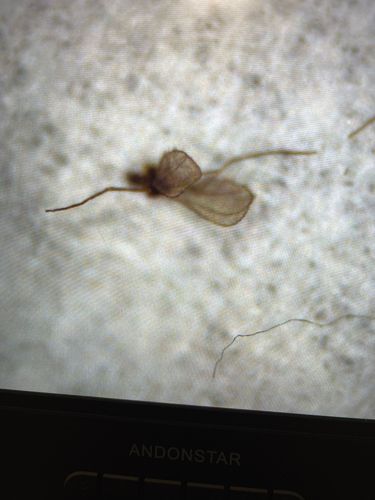Caddisfly
Scientific Name: Various species within the order Trichoptera (e.g., Limnephilus spp., Hydropsyche spp.)
Order & Family: Order: Trichoptera, Family: Varies widely (e.g., Limnephilidae, Hydropsychidae, Leptoceridae)
Size: Wingspan typically ranges from 10 mm to 50 mm (0.4 to 2 inches), though some species can be smaller or larger. Body length usually 2 mm to 30 mm.

Natural Habitat
Adult caddisflies are typically found near freshwater bodies such as streams, rivers, lakes, and ponds, as their larvae are aquatic. Larvae inhabit various freshwater environments, often at the bottom of streams or lakes, sometimes clinging to vegetation or rocks.
Diet & Feeding
Adult caddisflies usually do not feed, or they consume liquid food like nectar or sap. Caddisfly larvae have diverse diets, including detritus, algae, aquatic plants, and other small aquatic invertebrates. Some species are predators, while others are grazers, shredders, or filter feeders.
Behavior Patterns
Adult caddisflies are generally nocturnal or crepuscular, with some species being active during the day. They are often attracted to lights. Males and females of many species engage in aerial swarms for mating. Females typically lay eggs in or near water. Larvae are aquatic, building cases from silk and various materials (stones, sand, leaves) which they inhabit. They undergo complete metamorphosis with egg, larval, pupal, and adult stages. Larval stage can last from a few weeks to several years depending on the species and environmental conditions.
Risks & Benefits
Caddisflies are not known to bite or sting humans and pose no direct risks. As benefits, caddisfly larvae are important indicators of water quality; their presence generally signifies healthy aquatic ecosystems. They are a crucial food source for fish (especially trout) and other aquatic and terrestrial predators. Caddisflies also play a role in nutrient cycling in aquatic environments.
Identified on: 9/4/2025